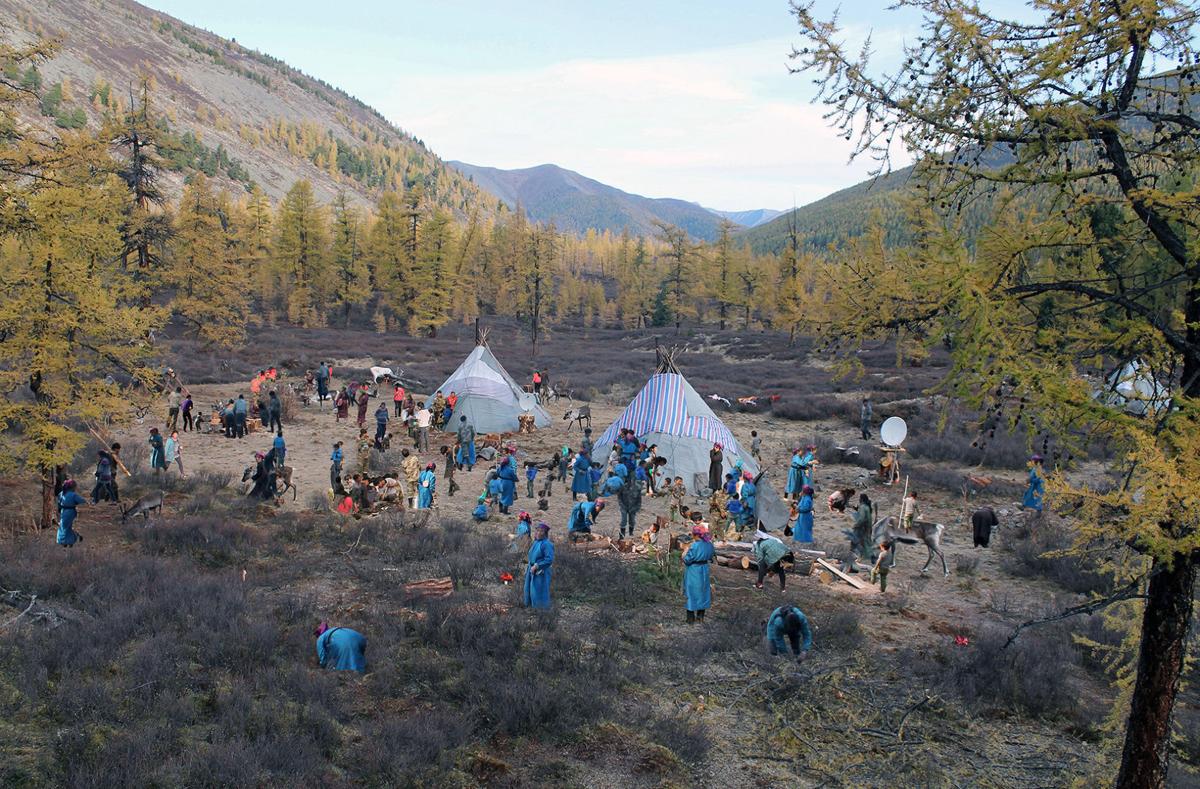 |
| (Todd Surovell Photo) |
For years, Todd Surovell has studied an ancient Paleoindian site in Colorado and wondered why he would find concentrations of tools in one spot or a particular type of tool in another. He had to go to Mongolia to find the answers.
Surovell, a University of Wyoming professor of anthropology and director of the George C. Frison Institute of Archaeology and Anthropology, is an expert in Paleoindian archaeology. He heads the Dukha Ethnoarchaeological Project, which has a primary goal of developing spatial theory of human behavior for application to archaeological problems.
In essence, he is interested in understanding how people decide where to do the things they do.
“I’m interested in how people use space from an archaeological perspective,” Surovell says. “We might, for example, identify prehistoric households and examine how people used space, both inside and outside. We also might ask how the spaces in different households were used, whether similarly or differently.”
For a number of years, Surovell and his colleague, Nicole Waguespack, a UW associate professor of anthropology, studied the Barger Gulch archaeological site that dates back 12,500 years and is located in Middle Park, Colo. There, they recovered more than 75,000 chipped stone tools and artifacts. Sometimes, a large number of various tools would be found in one spot. Other times, similar tools would be found in another.
From studying spatial patterns in the Middle Park site, Surovell surmised that Folsom people, nomadic hunter-gatherers, lived in round-shaped structures with fires in their centers. Artifacts preferentially accumulated to one side of the house (east or west), and often toward the back, or south side, of the home.
“Archaeologically, all you see are spatial patterns in chipped stone artifacts. There is no house or physical architectural remains,” he says. [...] University of Wyoming







No hay comentarios:
Publicar un comentario